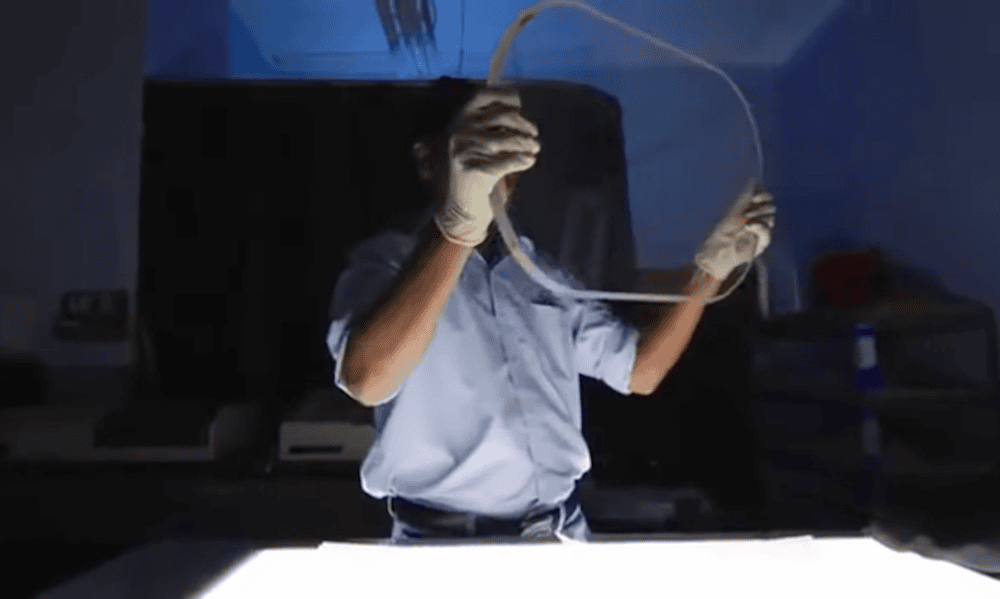
[Image above] Ever since the fourth Star Trek movie came out in 1986, materials scientists have wondered if transparent aluminum could be created for real. Research in recent years suggests we may not have to wait until the 23rd century to achieve a comparable feat. Credit: Wonder World, YouTube
In the more than 50 years since the first episode aired in 1966, Star Trek fans have been delighted time and again as technologies once existent only on TV have become reality, from automatic doors to tablet computers. And though some of the more anticipated technologies, like holodecks, are not quite here (yet), one technology that has started to emerge in recent years is potentially even more exciting to materials scientists.
In the Star Trek universe, the term “transparent aluminum” refers to a transparent metal made of elemental aluminum.
We cannot create transparent aluminum in real life, but we can get close with two transparent ceramics made from aluminum compounds: magnesium aluminate spinel and aluminum oxynitride. (Learn more in the cover story from the March 2013 Bulletin.)
Both compounds are hard and thin like the fabled Star Trek material, but aluminum oxynitride in particular exemplifies these characteristics.
Aluminum oxynitride is a crystalline substance made of aluminate powder alloys that have been highly compressed and heated to extreme temperatures. The ceramic is then cooled, polished, and shaped into its desired form.

A projectile exit point is shown in ballistic glass (left). The aluminum oxynitride transparent ceramic armor is shown (right) with a bulge and no exit from the projectile. Credit: AFRL
The United States Air Force Research Laboratory (AFRL) began working on aluminum oxynitride in 2006 with the Defense Production Act Title III program, an investment mechanism designed to create, maintain, protect, expand, and restore domestic industrial base capabilities. Prior to the collaboration, the largest aluminum oxynitride window size was limited to 2.8 square feet. The ceramic is now manufactured routinely in sizes up to 8 square feet by Surmet Corporation, a manufacturer of advanced material components, under the trademarked name ALON.
“Obtaining eight square feet is an accomplishment that we have been working on for years and couldn’t have done it without funds from AFRL and DMS&T as well as other organizations,” Richard Porter, manufacturing lead of the AFRL Manufacturing and Industrial Technologies Division, says in an AFRL press release. “Manufacturing a larger window that is both lightweight and durable is an enormous enhancement in enabling the warfighter to fulfill the mission.”
Learning about transparent aluminum compounds is one thing—watching it in action is another. In today’s video from the YouTube channel Wonder World, see how ALON is created, how it compares to bullet-resistant glass, and learn some of the possible applications for ALON besides armor.
Interested in learning more about the science of Star Trek and what it looks like in real life? In only three weeks, the annual Star Trek convention is taking place in Las Vegas, and a slew of science panelists are lined up to talk about anything from time travel to evolution!

Credit: Wonder World, YouTube
Update 07/10/2019 – Title and text updated to emphasize that the term “transparent aluminum” used in popular culture can be misleading. Magnesium aluminate spinel and aluminum oxynitride are aluminum-based compounds; they are not made from elemental aluminum.
Author
Lisa McDonald
CTT Categories
- Material Innovations


